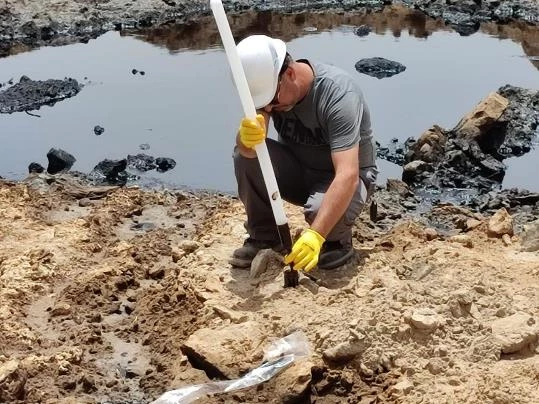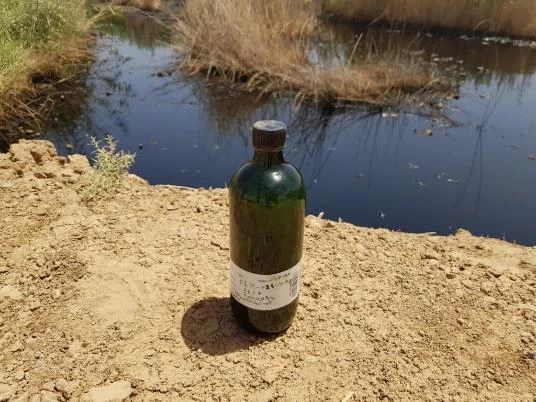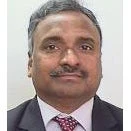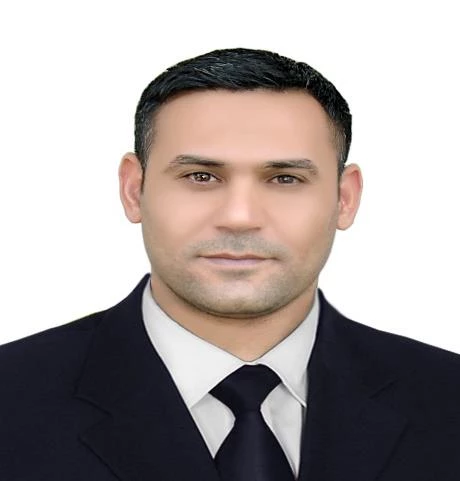 Iraq oil field
Iraq oil field
When conflicts end, the tragic impact of lives lost, damages, and the countless needs of people left in its wake are overwhelmingly visible. There are also other long-lasting and damaging consequences that are less visible, such as conflict pollution.
Conflict pollution as it is called, occurs when battling forces destroy industries, power plants, infrastructure, leave behind military waste, landmines, or hazardous chemicals. Some areas of France and Belgium are still affected by heavy metal contamination from the intensive use of munitions in World War I.
The global community has recently taken up the long-term challenge posed by conflict pollution. In December 2022, the United Nations’ General Assembly adopted a set of 27 principles to protect the environment before, during, and after an armed conflict.
In Iraq, successive conflicts, including attacks on its oil and industrial assets, have created environmental pollution hotspots. The conflict that took place between 2014 and 2017 left behind a trail of military waste and uncontained toxic chemicals. If not addressed, this pollution could be detrimental to the health of people and the environment, with knock-on effects for livelihoods.
In 2018, the World Bank’s Damage and Needs Assessment of Affected Governorates estimated that as much as 47 percent of the country’s natural forests may have been destroyed, while 2.4 million hectares of land has been rendered unusable due to landmines.

As a follow up to the Damage and Needs Assessment, the ENB team worked closely with the Ministry of Environment in Iraq to identify the major environmental pollution hotspots in the seven Governorates affected by the war. The work was funded by the World Bank-managed Iraq Reform, Recovery and Reconstruction Fund (I3RF).
After three years of intense field work, the team developed an inventory of all pollution hotspots as well as a customized web based Geographical Information System with complete information on all hotspots. This wealth of information enables the Government to monitor and manage the pollution in these hotspots.

The team also recently published the Conflict Pollution Hotspots in Iraq - Land Remediation for Livelihoods Restoration report. The report indicates that there are 76 pollution hotspots (51 sites contaminated by oil pollution, 23 by hazardous chemical and 2 by waste). (See figures 1 and 2) These hotspots are estimated to affect about 1,7 million citizens (See figure 3) with a devastating economic and social impact and total damage costs estimated at US$1.5 billion every year.
| Figure 1: Distribution of hotspots by pollution category | Figure 2: Suspected contamination area, by assessed governorate |
 |
 |
Figure 3: Number of people possibly directly and indirectly affected by pollution, by assessed governorate
The report also includes lessons learned through the project and a roadmap to guide the Government of Iraq on developing a National Program for Contaminated Sites Management. Through this analytical work, the Government of Iraq now has the data, tools, and capacity to fully integrate pollution hotspot identification, assessment, and management into its broader efforts to rebuild the country after the conflict.
Tackling the contaminated sites in Iraq is a long-term endeavour that will cost around $420 million. As a first step, the World Bank has developed a $18.5 million pilot project (funded by the Global Environment Facility and the I3RF) to address 3 to 5 hotspots, charting the way forward for effective environmental stewardship in Iraq.




Join the Conversation